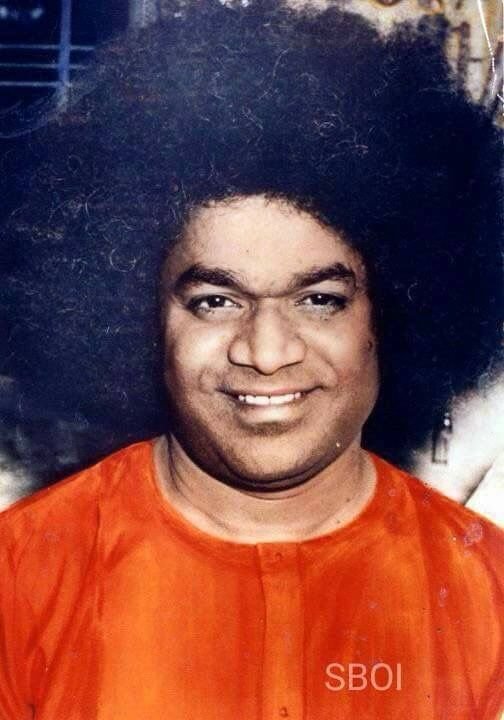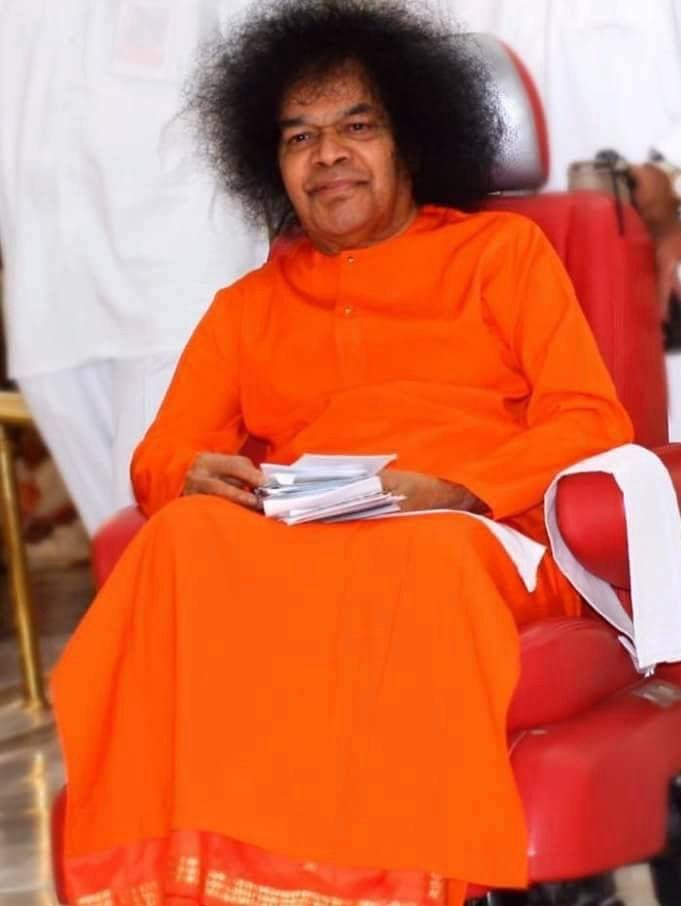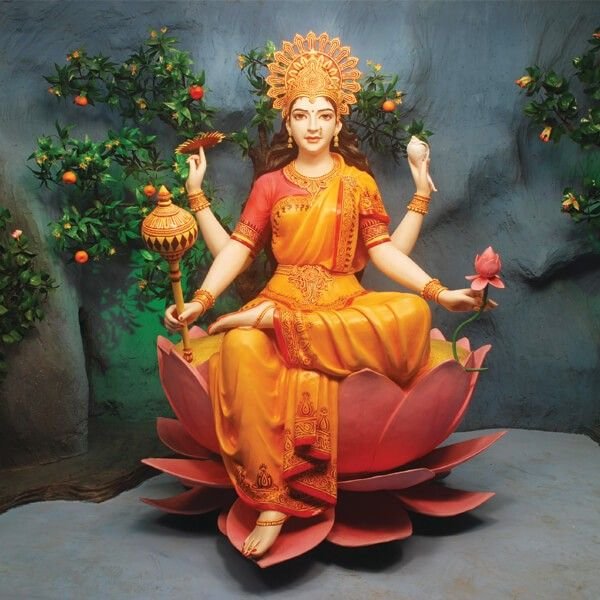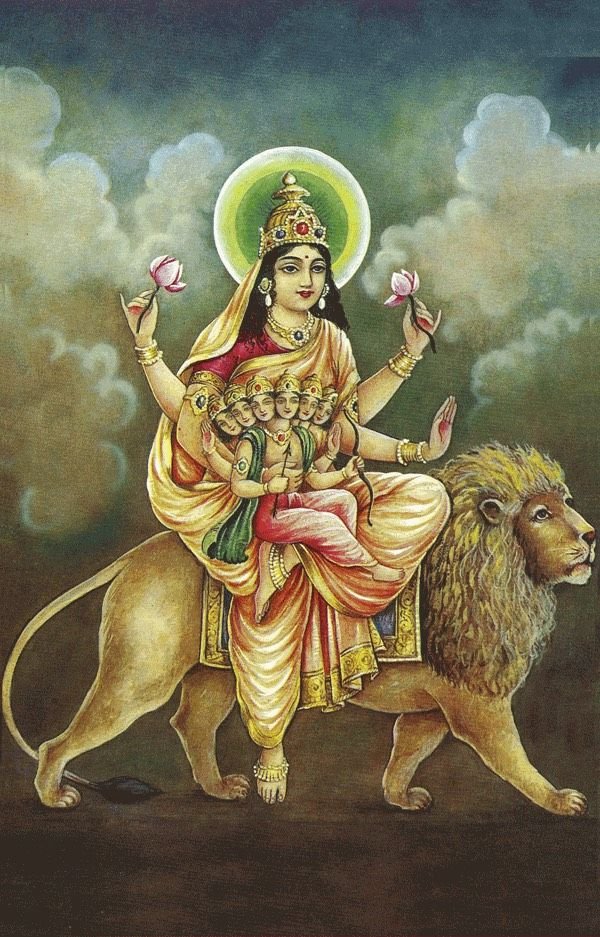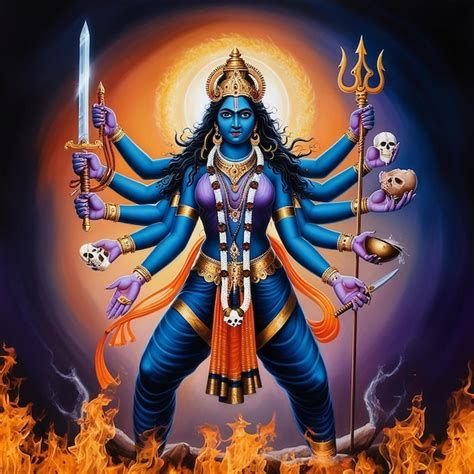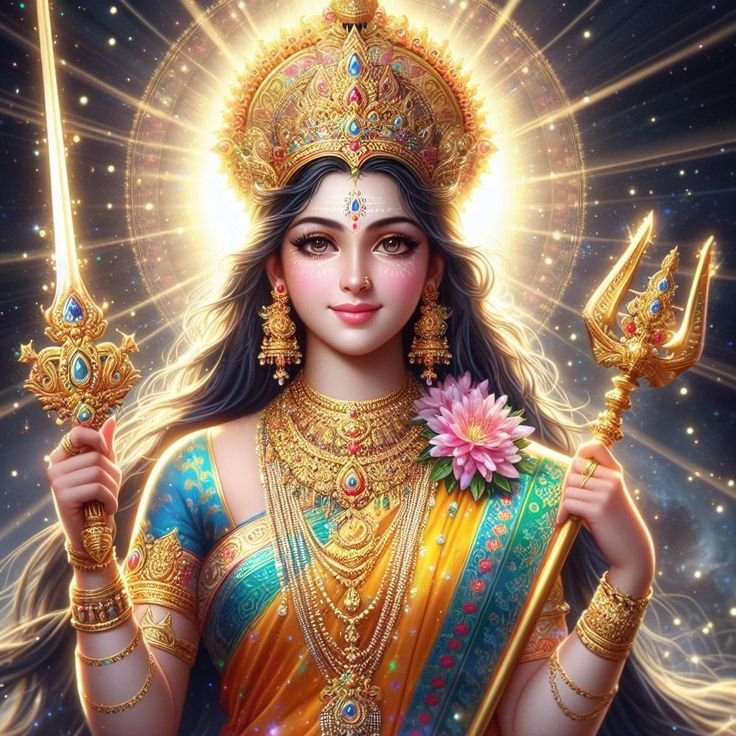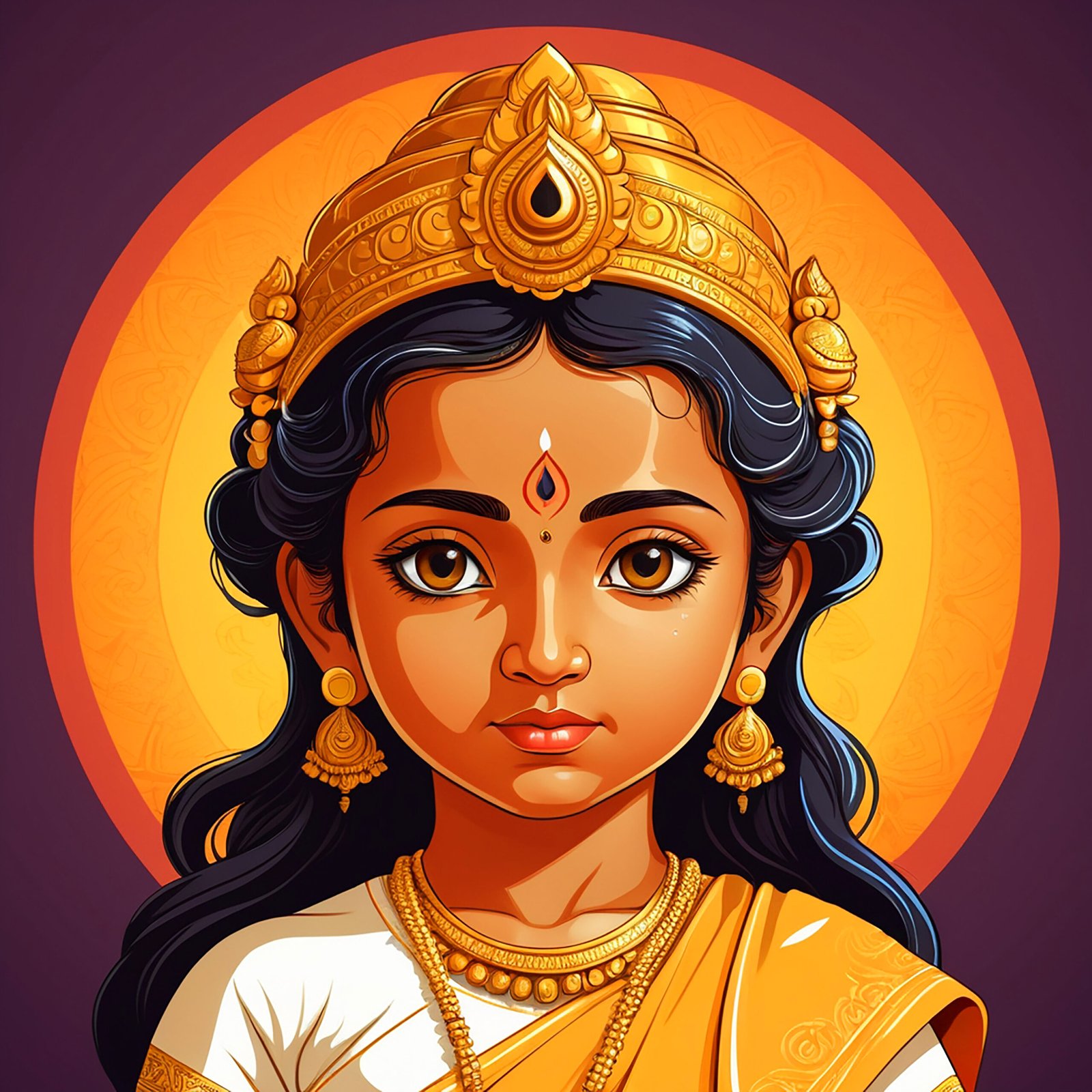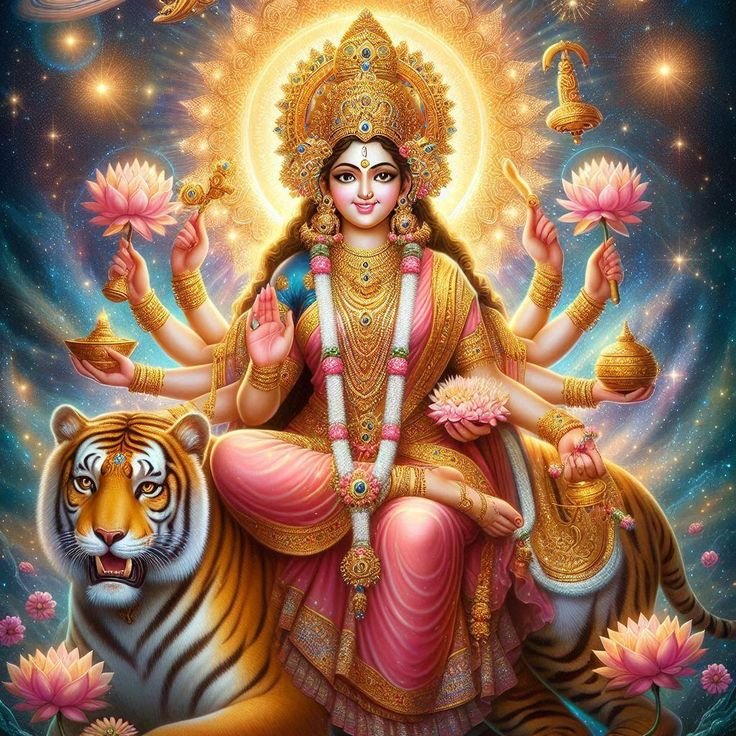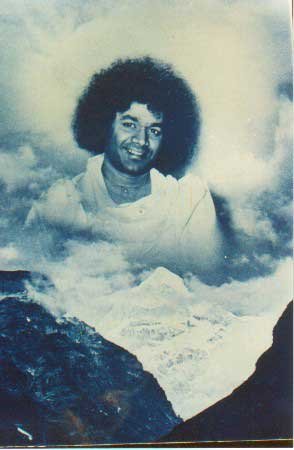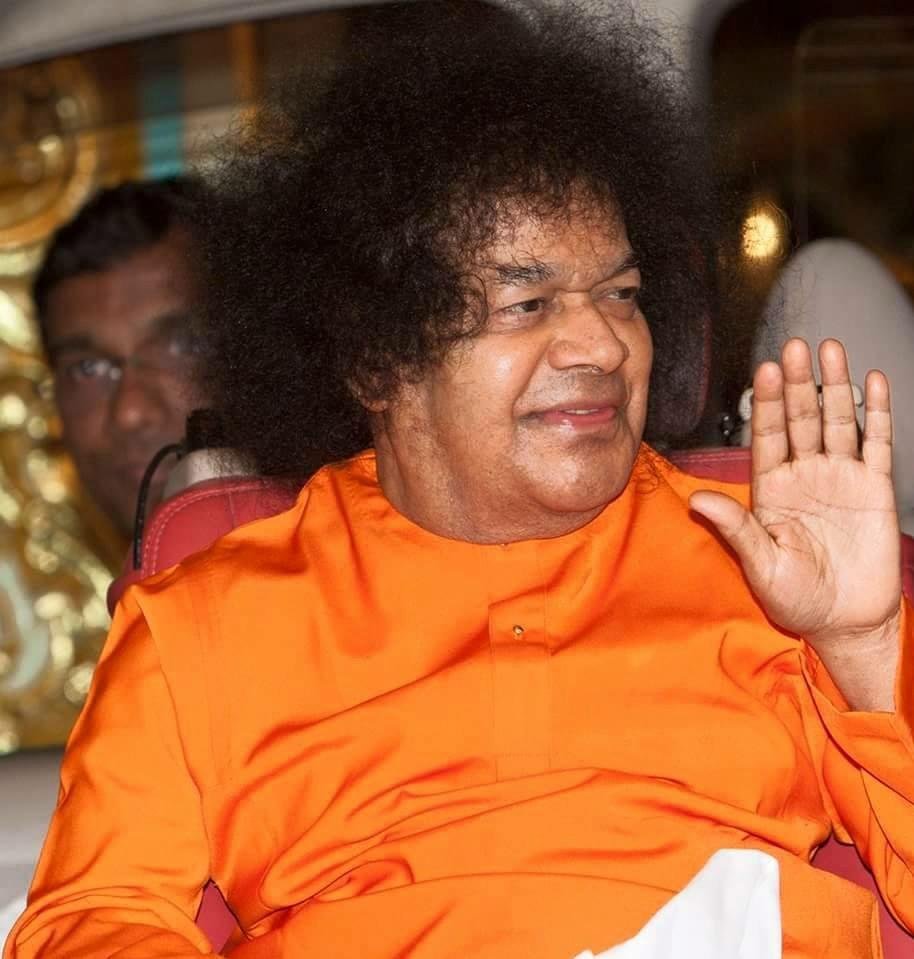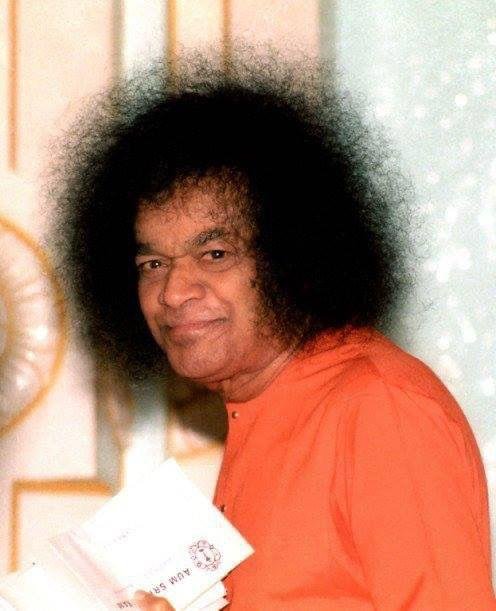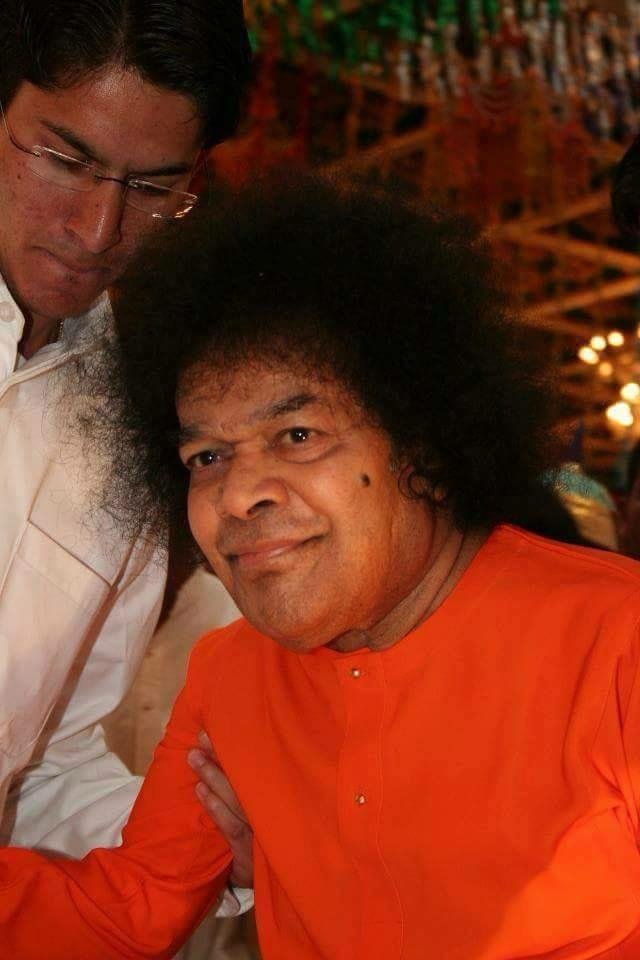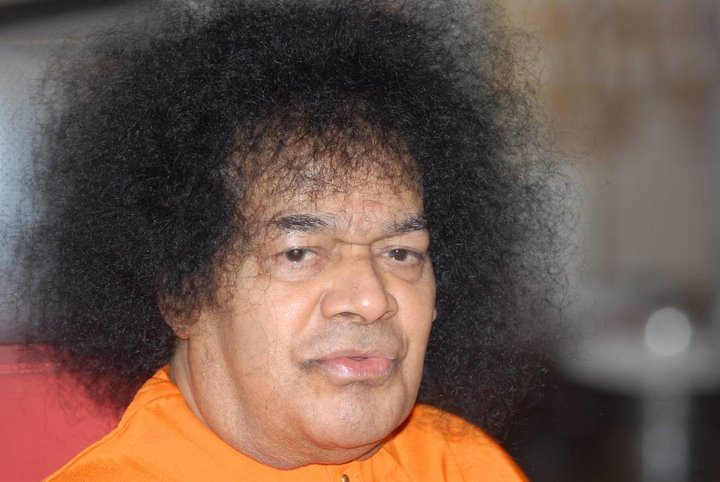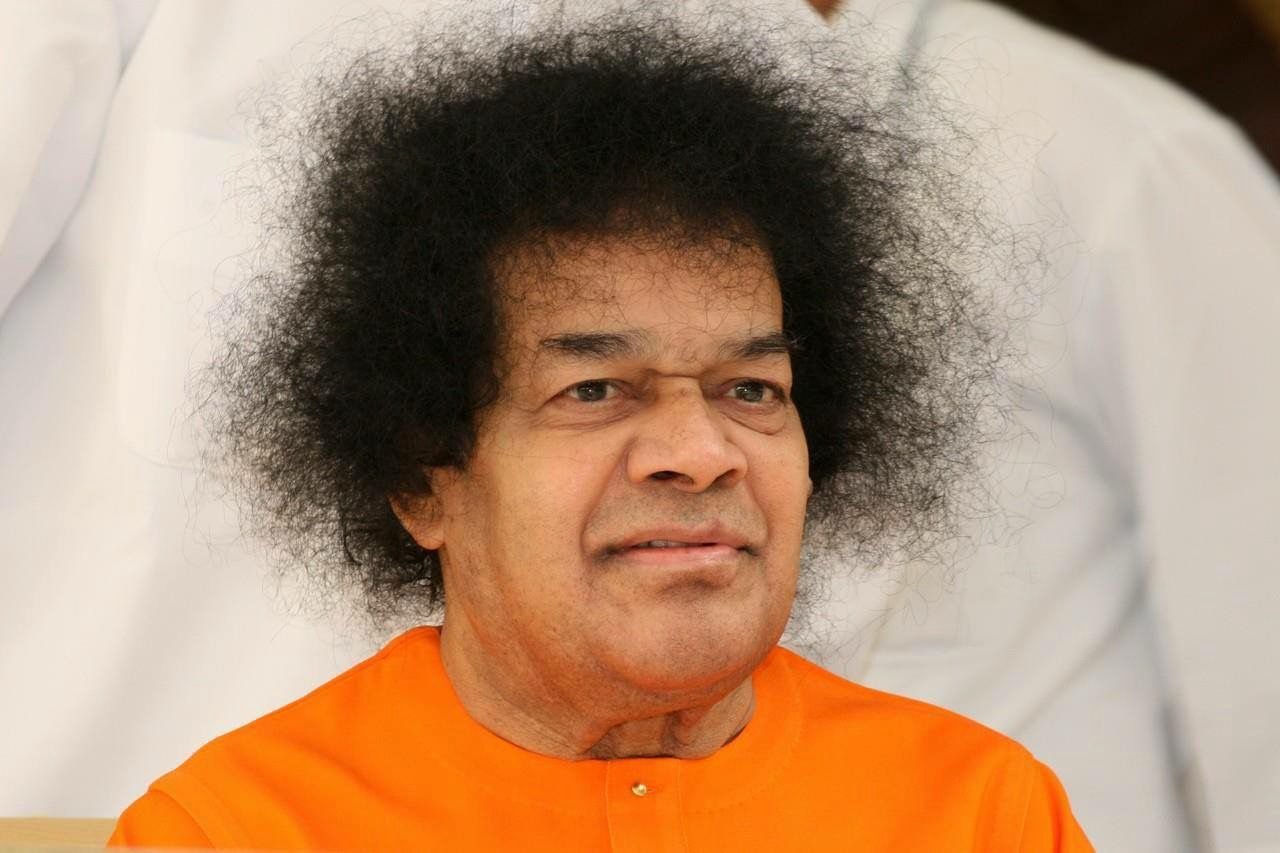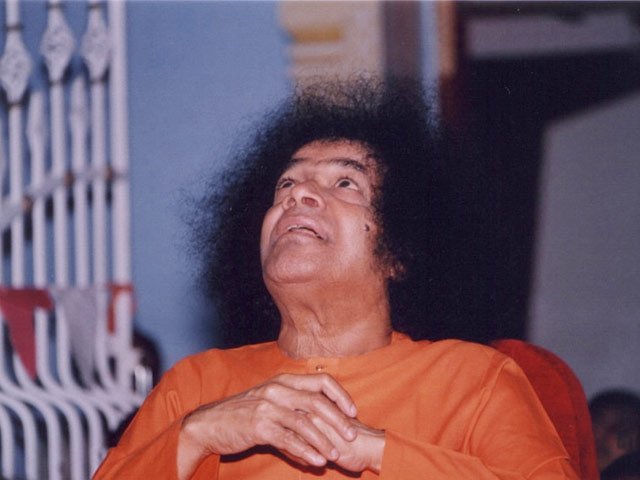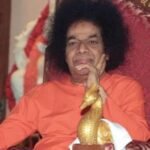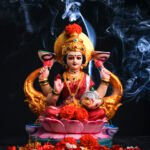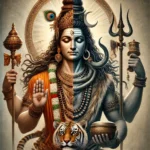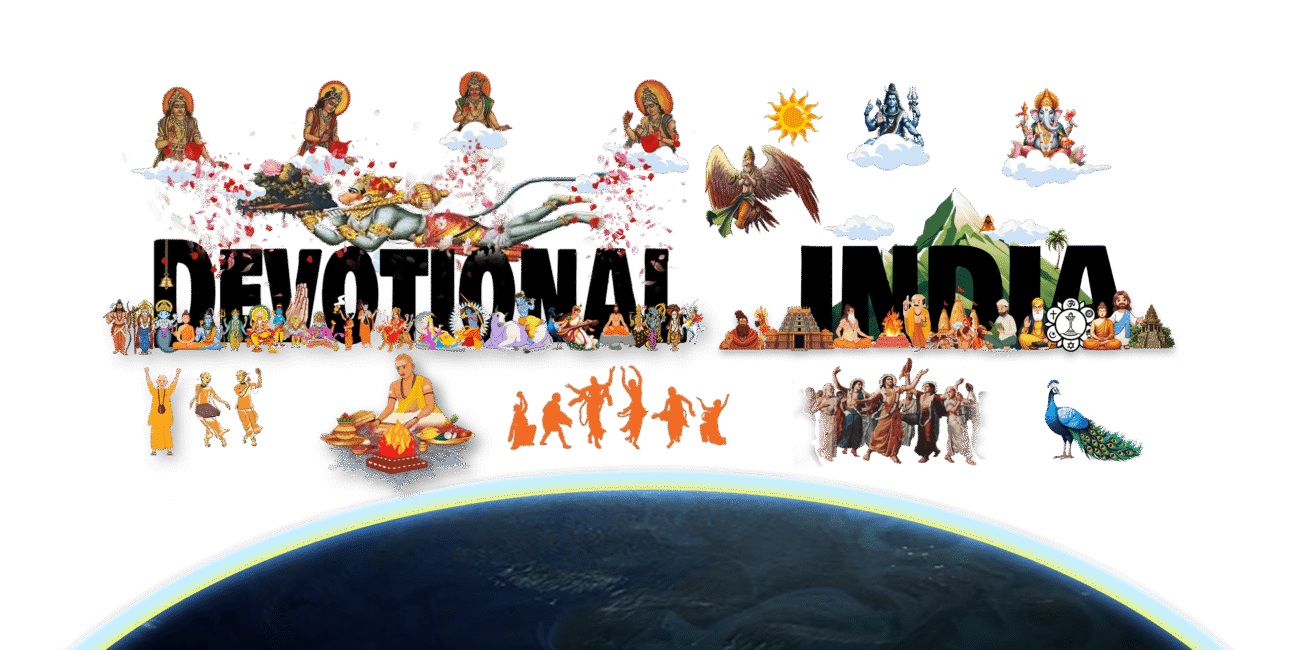CONVERSATIONS WITH SAI┬Ā–┬ĀPART Eight
CONVERSATIONS WITH SAI┬Ā–┬ĀPART Eight
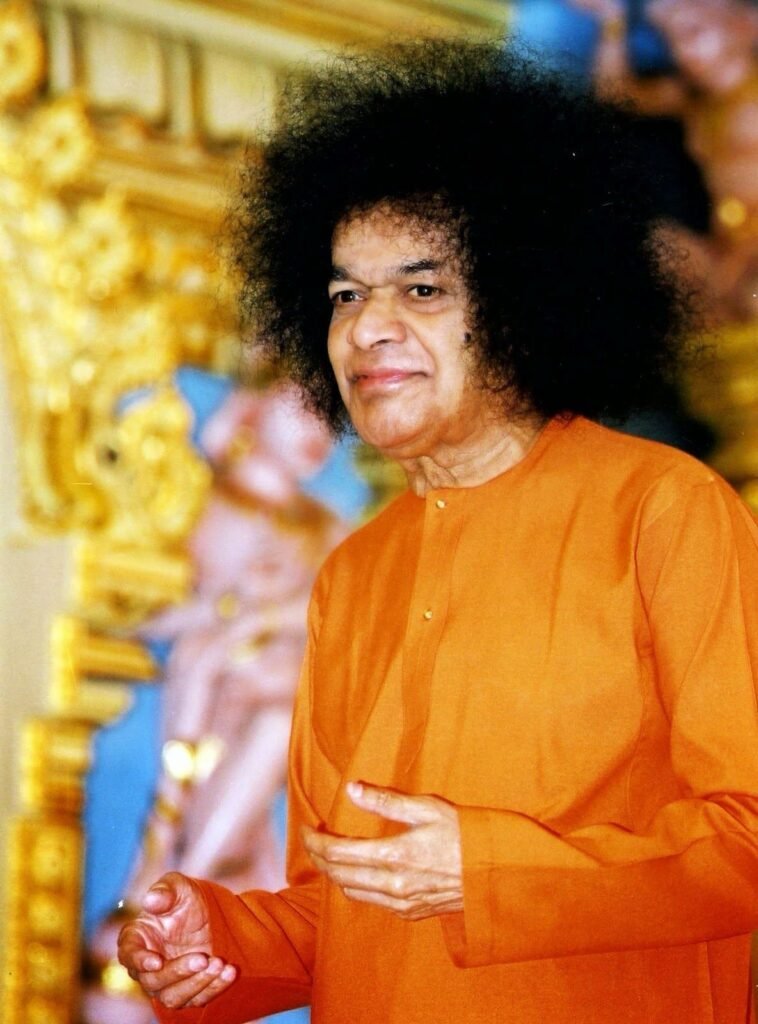
Hislop:┬ĀSwami says that “All is done by the Lord and not by you”. But, the world over, there is the concept that man is responsible for his own actions.
SAI:┬ĀYou are God. As long as you are being human, there may be such thoughts.
H:┬ĀAs long as you are being human, does that imply the human state is an act of one’s will?
SAI:┬ĀNot an act of will. Just a matter of being confused. It is a delusion. You come here with doubts. Swami knows that, so he gives you a chance to ask. If a Jnani comes, a man with direct experience of the divine, Swami does not ask him what his doubts are. The fact that you have questions is evidence that you are on the worldly level. Baba’s teaching will vary according to the level of the person.
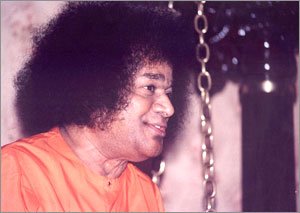
┬Āteacher in a school may at the same time be a renowned Vedic scholar, but when teaching a child to read, he can only say, “This letter is ‘A’ this letter is T” and so on. Mother may feed one child at the breast, give soft food to another, tell the cook to serve food to another, and tell the eldest to serve himself. But though her treatment of each child may be different, her love is equal for all.
There are four different stages in which man finds himself, and God gives different but appropriate help to each: first are those persons who are in distress; second are those desiring prosperity; third are those engaged in enquiry as to what is truth; and fourth are the wise.
At present in you, there is a mixture of conscious and sub-conscious. For this reason there is confusion and doubt. In the unconscious state there are no impressions. In the super-conscious state there is no doubt, there is decision; in this state there is no body and no mind, although there may be visions. There is still another state beyond the super-conscious. This is Divine consciousness where God alone is. In the super-conscious state there is still a very slight tinge of duality, of giver and receiver. In the ordinary state there are the three: giver, gift and receiver. In divine consciousness there is the giver only.
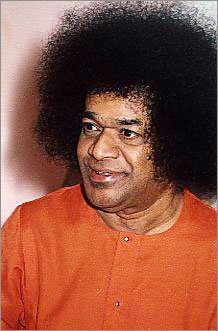
H:┬ĀOne hears about various paths to Self-realization. What does this mean?
SAI:┬ĀThere are three paths. There is that of devotion; the Guru guides and all is left to the Guru to perform. Then, there is the perception that God is Omnipresent; the future comes up to the present and the past falls away from the present. God is omnipresent; so the present is God; this is knowledge. Then there is surrender to God. But surrender does not mean just doing all actions in His Name. Surrender to God is when the entire Universe is known as His body. Surrender is when doer, deed and object are all God. It cannot be forced. It comes naturally. Faith is the foundation; surrender is the peak.
H:┬ĀOf the many ‘roads’ to self-realization, what is the short
cut?
SAI:┬ĀThe short cut is this way: the Name of God is the seed; love is the water by which the crop grows; discipline is the fence which protects the growing crop; the field in which the crop is grown is the spiritual heart; the crop when it comes to harvest, is Bliss.
H:┬ĀWhy should one attempt to gain Self-realization when one is always Self-realized?
H:┬ĀBut, Swami, one believes that he does have full faith. Therefore, there must be self-deception?
SAI:┬ĀAs long as one thinks he has faith, he does not. Just as when one knows that he is meditating, he is not meditating. Only when meditation is automatic, all day long, there is meditation. Full faith is reached by Sadhana, just as Bombay is reached by approaching it.
H:┬ĀSadhana, as it is described, seems wrong, because it is a conscious effort aimed at getting a reward. It seems to me that Sadhana is real only when it is spontaneous. That is, when one naturally loves God, then he cannot help but love God, and he cannot help but make inquiry.
SAI:┬ĀIt is as you say, but you have not experienced that spontaneous love of God. It is still just an idea. You have a conviction that love of God exists naturally in you. That conviction is the result of many lives of spiritual practice.
A Visitor:┬ĀWhat is the correct Sadhana for retired people?
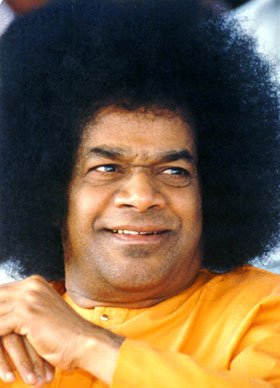
CONVERSATIONS WITH SAI┬Ā–┬ĀPart Nine

Hislop:┬ĀThis morning in the taxi from the airport, even the driver had marvellous experiences of Swami’s┬ĀLeelas. And the Bombay airport officers told other miraculous stories about happenings in their homes.
SAI:┬ĀLeelas┬Āare occurring throughout India in tens of millions of homes. Swami keeps His hand down so that publicity about the┬ĀLeelas┬Āwill not spread. The rulers of the country know, but they keep it quiet. If the facts were to have publicity, millions would converge on Swami.
H:┬ĀIn the future, when millions of people crowd around Swami, our present chance of being close-by will then be gone?
SAI:┬ĀNot at all. If Baba is pleased with a person he may still be close. That is Baba’s will.
H:┬ĀOnly a relatively few are fortunate enough to see Swami and appreciate that it is God come within vision.
H: What is one hundred per cent faith in God?
SAI:┬ĀOne hundred per cent faith arises from the┬ĀAtma. Full faith is even. Through pain and sorrow, faith in God remains full. Milk may be compared to life. In the whey there is no oil. Butter has some remains of water – this is the good and the bad – the butter the good tendencies, the water the bad. When the butter is boiled, at a certain stage there is a bad smell. This smell is the remaining impurities being boiled away. But have faith and keep on during that period. Then the pure ghee is left. That pure ghee is wisdom. The end of wisdom is freedom.
H:┬ĀSwami, something has happened here, water is around this box. These┬Āsaris┬Āwill get wet.
(Swami removed the cover of the box and those of us who were standing there could see that the edges of the saris were wet. The cardboard box with four saris in it was lying on a table at Dharmakshetra in Bombay . Swami had selected 96 saris for distribution to some lady volunteers, and of the 100 brought for His inspection, four were replaced in the box to be returned later to the merchant. The table was not close to any source of water, and Hislop, several other men, and Swami had been standing there from the time the saris were examined one by one, by Swami.)
SAI:┬ĀThe┬Āsaris┬Āare weeping because Swami has rejected them. Now, I will take them.
H:┬ĀSwami! How could that be? Does Swami say that inanimate objects have injured feelings and can weep?
SAI:┬ĀInanimate objects are also capable of feeling joy and grief. When the bridge towards Lanka was built by the monkeys so that Rama could march to Ravana’s kingdom where Sita was held captive, one last mountain peak was carried to the bridge site. But it was too late. There was no need for it. At this circumstance the mountain shed tears of anguish, and news of this was quickly taken to Rama.
His compassion was great, and He sent word that the mountain should no longer sorrow, and that He would surely use it on a future occasion. In the┬ĀAvatara┬Āof Krishna, it was this very mountain peak, the Govardhana Peak , which the youth Krishna , lifted on His finger to shelter the cowherds of Gokul from Indra’s deluge of rain.
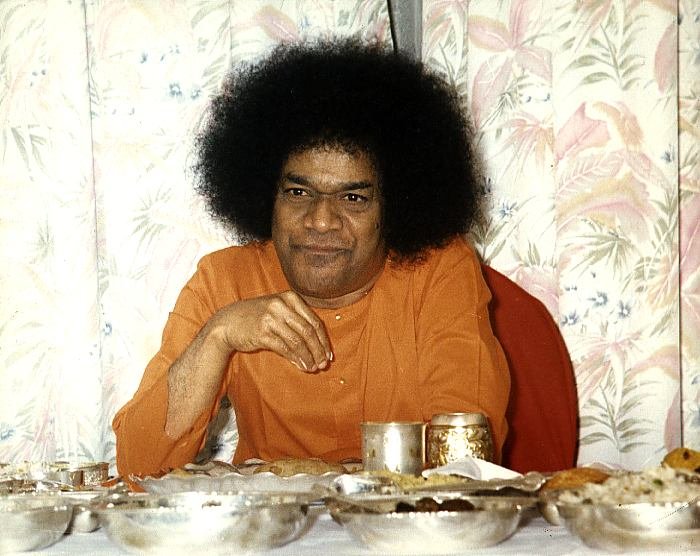
SAI:┬ĀYes. And it is also the self-same Rama and the self-same Krishna who is here this day.
A Visitor:┬ĀOne sees oneself in a mirror. As one moves away from the mirror, the image becomes smaller and smaller. I sit here and look at Hislop. The further away I move, the smaller Hislop becomes. But Hislop is not smaller; he has not changed. Therefore, I cannot be looking at Hislop. But Hislop is certainly there. So what did I see when I thought I was seeing Hislop? And if Hislop is not that which I see, then what is Hislop? Do I, in some way or other, see a reflection of Hislop?
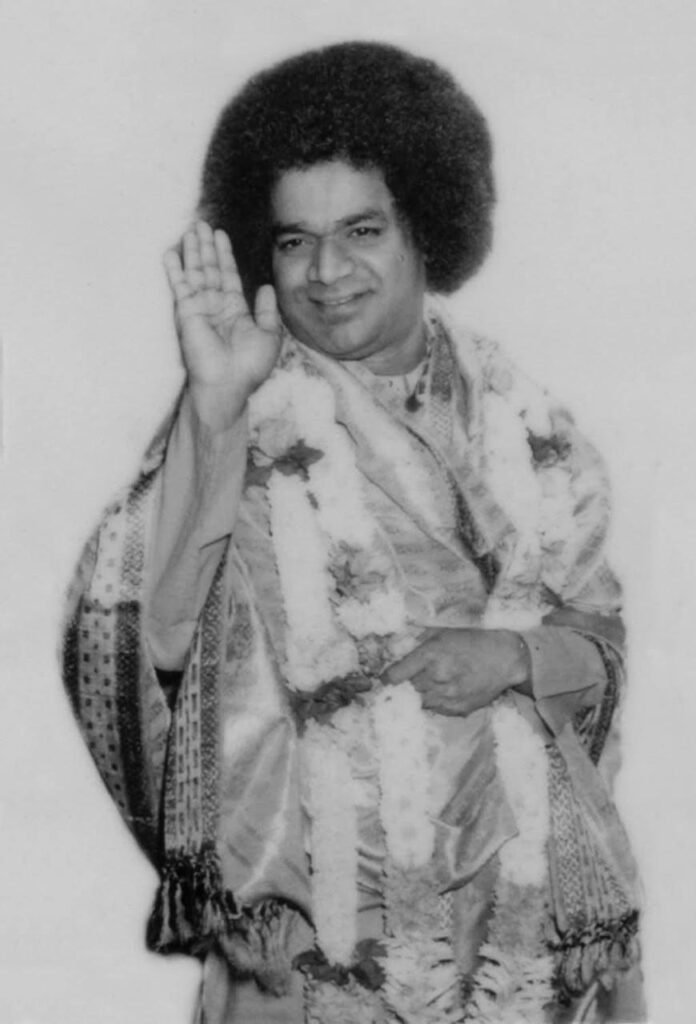
SAI:┬ĀIt is indeed true that you do not see Hislop. You see a reflection of Hislop, the reflection exhibits that particular form and characteristics. Then what is Hislop? Hislop is God. The image, the form is not God, but all forms together, the totality of all forms, can be taken as God. God is the reality behind the form. The world is there, but its reality is not seen. The reality is God. One may see the reality, that the truth behind every form is God. Once this perception arises, it is never lost. Although one sees the forms, he is always aware of the truth, the reality.
Visitor:┬ĀThere is an experience that I have. The scriptures name it as┬ĀNirvikalpa Samadhi. Pure consciousness only exists, consciousness without any object. After having had experience of that state of being, can one do anything to stem that loss?
SAI:┬ĀIt is like this. When rain leaves the clouds, it is pure, but becomes contaminated when it reaches the ground. That water may be purified by some technique, but it cannot be equated with the purity of the rain. In like fashion, you lose the┬ĀNirvikalpa Samadhi┬Āstate when duty calls you to your work.┬ĀSadhana┬Āwill purify that worldly life, but that purified life is not the same as┬ĀNirvikalpa Samadhi.
Visitor:┬ĀShould I leave my work?












